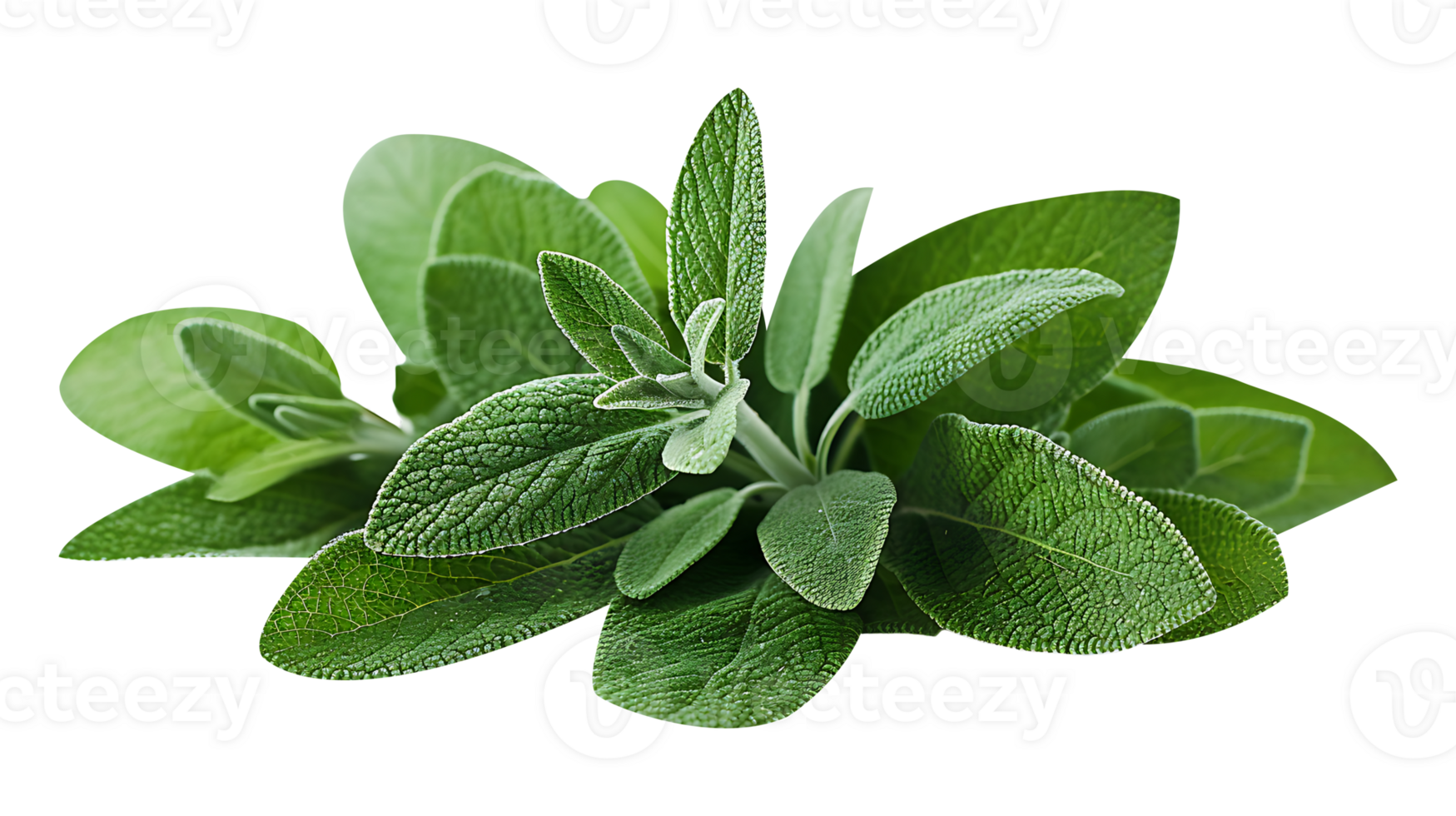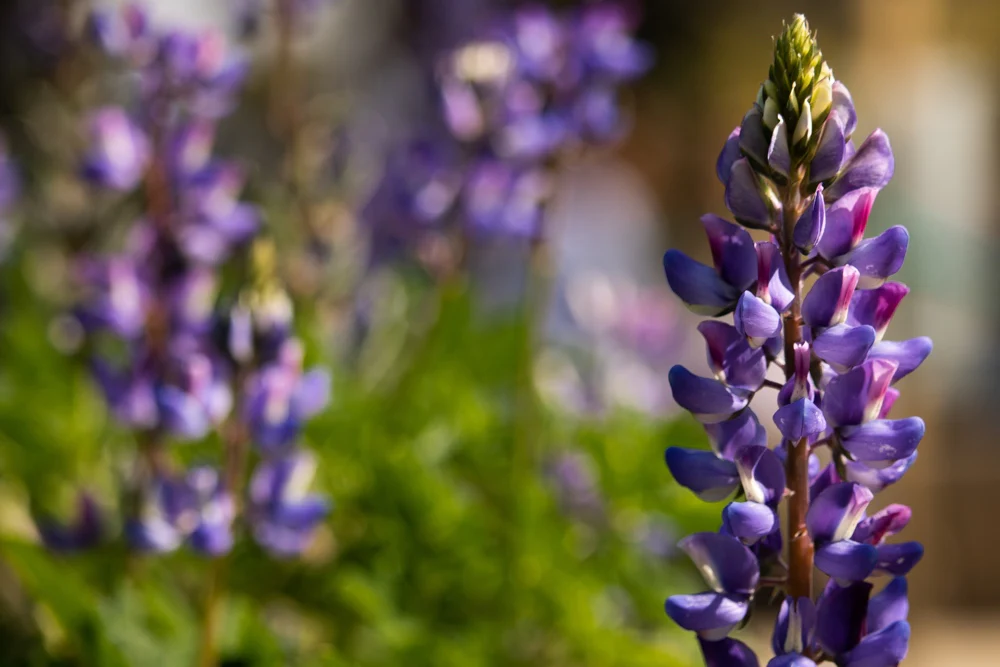This table can be used to gain knowledge of common native plant species in California. The growth form relates to a plant’s morphology, life cycle and seasonal changes. For example, Arroyo Lupine is an herbaceous perennial, meaning that it is a non-woody plant with foliage, and that it dies down annually in the winter but will regrow from its roots the next season. Water needs refer to the amount of water a plant requires to support healthy growth. In this category, “Low” means that the plant needs to be watered once a week or less, “Moderate” means it needs to be watered twice a week, and “High” means it needs to be watered more that twice a week. The Ecological Role column refers to the plants contribution to the local ecosystem. For example, the Matilija Poppy offers large flowers for pollinators, which would be ideal for a gardener seeking to attract bees.
California Native Plants




Summary
Native plants play a vital rolel in supporting California ecosystems. They are often more water-efficient than invasive alternatives, which is an important consideration for landscaping in California's arid, water-scarce climate. This website provides a table with information about native plants and their benefits, as well as two walkthroughs that demonstrate how gardeners and landscapers can take advange of this knowledge.
Reveal data |
||||
| Common Name
Local and widely-known name
|
Scientific Name
Universal binomial name
|
Growth Form
Shape and structure of plant
|
Water Needs
Amount of water required for healthy growth
|
Ecological Role
Service provided to ecosystem
|
|---|---|---|---|---|
| Arroyo Lupine | Lupinus succulentus | Herbaceous perennial | Low | Fixes nitrogen; supports butterfly larvae |
| California Poppy | Eschscholzia californica | Annual wildflower | Low | Nectar for pollinators; seeds feed birds |
| Coast Live Oak | Quercus agrifolia | Evergreen tree | Moderate | Acorns feed wildlife; provides canopy habitat |
| Coulter Pine | Pinus coulteri | Evergreen conifer | Low | Seeds feed wildlife; provides canopy habitat |
| Coyote Brush | Baccharis pilularis | Shrub / groundcover | Low | Habitat and nectar source for insects and birds |
| Douglas Iris | Iris douglasiana | Perennial wildflower | Moderate | Attracts pollinators; adds understory diversity |
| Matilija Poppy | Romneya coulteri | Perennial shrub | Moderate | Large flowers for pollinators |
| Purple Needlegrass | Nassella pulchra | Perennial bunchgrass | Low | Host plant for insects; erosion control |
| Toyon (Christmas Berry) | Heteromeles arbutifolia | Evergreen shrub/tree | Low | Berries feed birds and mammals; nectar for pollinators |
| White Sage | Salvia apiana | Evergreen shrub | Low | Supports native bees and pollinators |
- Growth Form
- the overall physical shape and structure of a plant, determined by its size, branching patterns, and the type of tissues it forms
- Water Needs
- the total amount of water a plant requires for its physiological processes
- Ecological Role
- a plant's functions within an ecosystem
- Evergreen
- a plant that retains green leaves throughout the year.
- Perrenial
- a plant that lives for more than two years, regrowing from its roots each year after the foliage dies back in winter
Glossary

Walkthrough 1: Understanding the Data
Walkthrough 2: Selecting Plants
Once you understand the data, you can use this information to decide which plants are right for your garden. If you are looking to add shade cover, you should look at the “Growth Form” category, and might consider Coast Live Oak, an evergreen tree, or Coulter Pine, an evergreen conifer. If you are looking to attract pollinators, you can look at the “Ecological Role” category and choose from flowers and shrubs such as California Poppy, Douglas Iris, and White Sage. Arroyo Lupine would be a choice for attracting butterflies as it supports butterfly larvae. Furthermore, It is important to consider the water needs of your garden as water is a scarce resource in California. If your garden is well-irrigated and uses green water sources such as rain barrels, you may be equipped to plant varieties with moderate water needs, such as Matilija Poppy. However, if you plan to water your plants from a garden hose, you should consider planting species with mostly low water needs. In summary, landscaping your garden is a highly individualized process that depends on your equipment and goals.